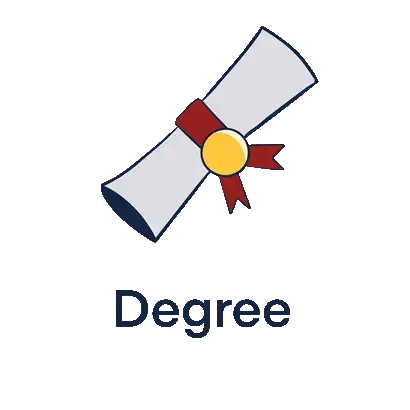Know your Examiner: How to get top marks in your GCSE or A-Level Maths exams
If you are studying towards a qualification in Maths (be it GCSE or A-Level), it will pay off to get into the mind of your examiner. This blog offers insider intel into how examiners mark papers. You will also find a few hints from Raj on certain words you're likely to come across in Maths exams, and what they mean.
Most exam papers are marked using a coded system. The method described here (see below) is common and makes use of M, A and B marks. In general, examiners will not penalise any candidate unduly for any one specific error; however if you use the wrong method to solve a problem you are likely to lose most, if not all, of the available marks.
You will need a calculator (apart from any papers or modules where no calculating aids are permitted) and make sure you know all the formulae not given in the formula book.
How examiners mark Maths papers
- Marks are awarded in the first place for knowing a correct method of solution and attempting to apply it (M marks).
- In general, no accuracy marks (A marks) can be obtained until a valid method has been established. Accuracy marks may be given for the correct answer only (c.a.o.) or for answers correctly followed through from an incorrect previous answer.
- Method marks cannot be lost for arithmetic errors. Sometimes, e.g. in curve sketching, marks are awarded independently of method marks; these are called B marks.
- Care is taken in marking schemes to see that a slip does not attract an excessive penalty. Nevertheless, high grades cannot be achieved on method marks alone and accuracy is essential for the award of higher grades.
- Orderly and logical presentation is of considerable advantage to candidates in making the best use of their time. However, long methods are not directly penalised as candidates using methods have already penalised themselves by using up the time that could have been more profitably spent on other questions.
Examiners’ speak: some phrases to know
- Write Down, State
You’ll get the mark even if you show no working or method. - Calculate, Find, Determine, Show, Solve, Deduce, Prove
You must provide sufficient working to earn the method marks. - Exact Value
Your answer may involve fractions, surds, pi or some other mathematical constant; do not approximate and do not use decimals. - Draw
Accuracy is required; use graph paper. - Sketch
A sketch does not require plotting, but key aspects should be shown carefully.
Some general advice for Maths students
- Manage your time. Time to complete the paper seems to be the single most important issue.
- Examiners advise that you should write down any appropriate formula before attempting to use it as this provides evidence of correct method (and you may get that mark!).
- Start each question on a fresh page, writing each step on a new line.
- Show your methods clearly. Remember that ‘answers without working may gain no credit.
- “Trial and error” is rarely the right method, meaning that you will not get method marks.
- Make sure you give answers to the required accuracy, but avoid rounding anything off until you get to the final answer.
- When you’ve finished a question, read it again quickly to check you’ve done the right thing.
- Understand “examiner’s speak”
- You’ll need to get at least 30 marks roughly on any paper to pass it.
- Many candidates find that they are unable to start some questions at all and so score zero for it.
How to avoid getting zero marks
- Look for a word or phrase in the question that suggests a standard formula – quote that formula. Then try to use it.
- If the question is of the form:
“Given A, B and C, show D”
Think about A, B and C and how to get to D. Don’t start off by assuming that D is true. - Draw some kind of diagram or sketch – even if this is not asked for.
- If the question is in parts and you can’t do part (a), then look at part (b) – can you do that?
- Look through the whole question for any single part you can do – and do it.
- Don’t cross anything out – unless you are ABSOLUTELY SURE it is wrong.
- If the question says “State the…”or “Write down the…”, make a guess.
- If totally stuck, leave it and come back later.









Start the discussion!